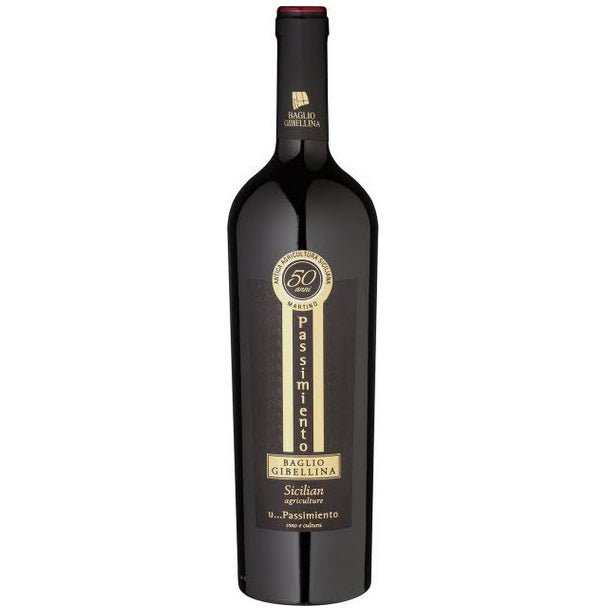On Friday the 14th of March 2014, the classic Irish Whiskey, Kinahan’s reopened as a limited company, after nearly a century of quiet. With the express purpose of reviving the historic name through a series of original bottlings such as Kinahan’s 10yo and Small Batch. Kinahan’s has begun the process of reforging its identity.
The first incarnation of Kinahan & Co. was established in 1779 by founder Daniel Kinahan, at 12 Trinity Street, Dublin. The feature of Kinahan brand that the 19th century would come to recognise best wasn’t born until 1809, however, when the Irish whiskey producers received its revered ‘L.L’ mark. This wasn’t an intentional marketing ploy, it actually started initially as a way to identify whiskey that had been set apart for the Lord Lieutenant of Ireland, the Duke of Richmond. Admirers in impressive places proved to the manner of things for Kinahan & Co. in its first century of existence.
After opening a branch in London in 1841, the brand received a Royal Warrant of Appointment as purveyors of wines and spirits to her household from Queen Victoria just four years later, in 1845. The Royal Warrant remains the ultimate seal of approval and can only be received if a company has conducted business with the royal household for at least five years, and it grants them permission to advertise using the Queen’s coat of arms.
In 1886 she renewed the Royal Warrant, as did King Edward VII in 1901. It wasn’t just in England where the brand proved successful, however. It had caught the attention of many American connoisseurs by the mid-19th century, one of whom was the esteemed Jerry Thomas, often dubbed as “The father of American mixology”. When he finished the first drink book ever published in the United States, The Bartender's Guide on How to Mix Drinks, Thomas notably included a recipe for hot Irish whiskey which recommended the use of ‘LL Kinahan's’ over any other whiskey.
As Kinahan’s entered the 20th century, it was clear the seeds of decline had been sewn. When the longest serving director and a key member of the family, George Kinahan, died in 1903, it had disastrous effects. He held keen ties to Dublin civic life, predominately through his work as a director at the Bank of Ireland, where his colleagues tended to be senior members of the Jameson whiskey family. George Kinahan was elementary in helping the brand achieve much of its prestige and his loss was sorely felt. This factor was soon compounded by legislative actions, particularly by the distillers' trade associations. It had managed to increase its ability to regulate production in relation to demand, which allowed the distillers' trade associations to discourage and undercut market rivals in order to subsidise members. This action occurred almost simultaneously with a drastic lack of Irish whiskey exports to England between 1900 and 1914, while a rise of almost a third in spirit duty, as proposed by Lloyd George in his 1909 budget, resulted in the fall of both consumption and production in Ireland.
The combinations of several events, incidents and a volatile market that was about to feel the effects of the First World War which marked a major decline in the Irish whiskey sector that the Kinahan family could not resist. In June 1911 the brand was essentially forced to forgo its business operations by transferring them to Bagot & Hutton, another long established Dublin wine and spirit enterprise. This measure wasn’t enough to save Kinahan's L.L. whiskey, and the onset of Prohibition in the United States in 1920 only compound matters further. The reality of economic decline and an imminent civil war approaching in Ireland meant that the two spirit houses combined in an effort to prolong its business in 1920, registering as Bagot Hutton & Kinahan. While this arrangement continued until October 1988, the Kinahan brand that had found the favour of royalty and American socialites was unfortunately lost.
This story has a happening ending at least. It’s almost a century later and we’re finally able to enjoy Kinahan’s Irish Whiskey again - sláinte! Today Kinahan's is enjoying its renaissance across over 30 export markets. In 2019 Kinahan's became the world's first Irish producer to create whiskey made in Hybrid Casks. The new whiskey making team is drawing inspiration from the Kinahans long-lasting heritage, returning to the brand's original pioneering culture, focusing on rare and unusual wood types and different maturation techniques.
KASC Project (B)
The KASC Project is a bold experiment in whiskey-making using the provenance of wood as the key factor of flavour design and construction. Each whiskey is made in hand made “hybrid” cask, individually constructed from a mix of 5 different types of trees from unique origins: Portuguese Oak, American Oak, French Oak, Hungarian Oak and Chestnut. The individual habitat of each type of tree brings a completely unique flavour variant to this innovative whiskey, creating a multi-dimensional flavour and character.
Wood Characters:
Portuguese oak - nutmeg, honeycomb, sundried raisin, fig, toffee.
American oak - vanilla, honey, woody, red apple, orange.
French oak - baking spices, clove, dried apricot, sweet grape.
Hungarian oak - vanilla, oakiness, roasted coffee, baking spice.
Chestnut - roasted nuts, caramelised tropical fruit, pineapple.
Tasting Notes
Nose: Juicy autumnal fruit, namely plum, alongside pear and apple crumble. Sweeter aromas of rich caramel and pineapple peek through, supported by a spicy undertone.
Palate: Somewhat syrupy, with prominent charred oak, barbecued mango and more caramelised tropical fruit with a scattering of vanilla pod. Creamy fruit and nut chocolate drizzled with runny caramel.
Finish: Aromatic, Christmassy notes of nutmeg and clove, orange oil and brown sugar, with caramelised pineapple.




